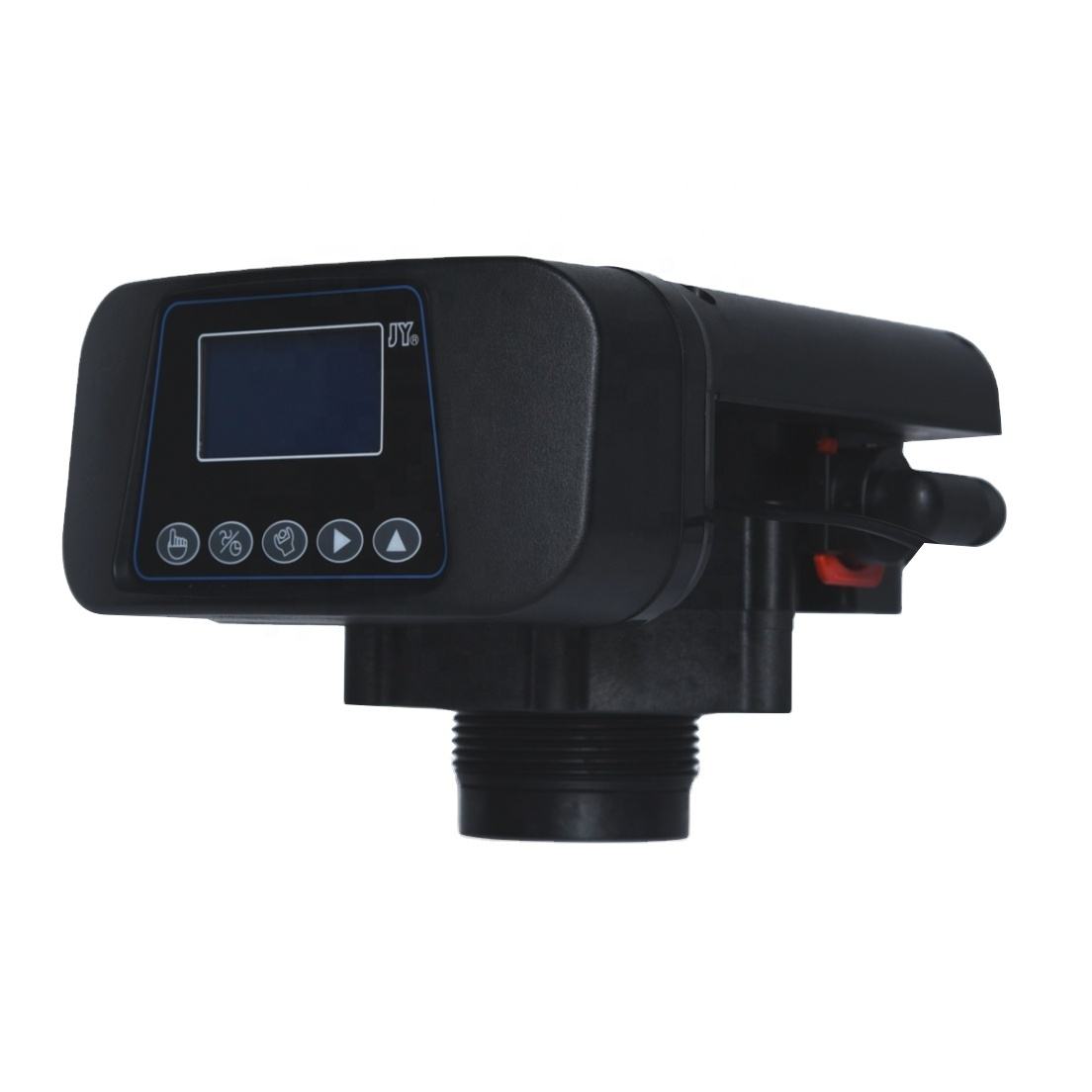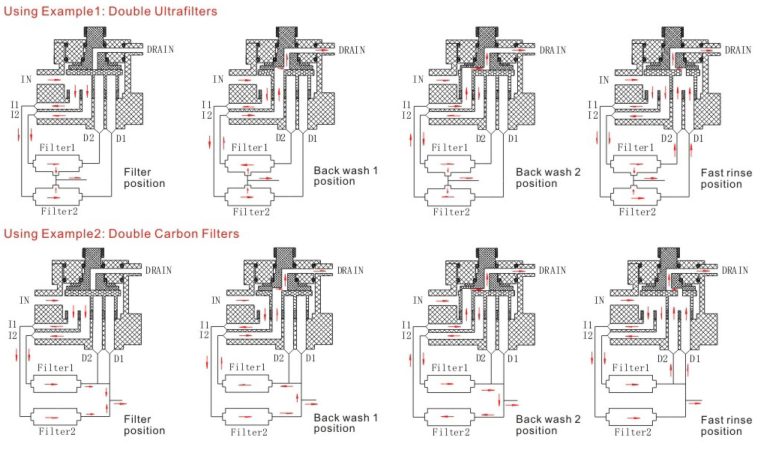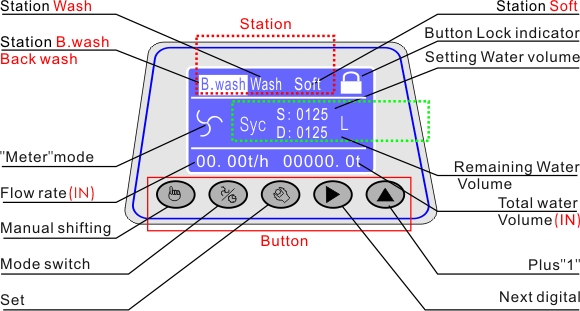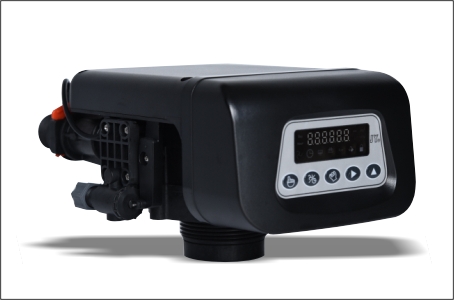Table of Contents
Benefits of Using a Brine Tank Float in Water Softening Systems
Water softening systems are essential for removing minerals such as calcium and magnesium from hard water, which can cause damage to pipes, appliances, and skin. One crucial component of a water softening system is the brine tank float, which plays a vital role in the regeneration process. In this article, we will explore the benefits of using a brine tank float in water softening systems.
First and foremost, a brine tank float helps to regulate the amount of brine solution in the brine tank. When the water softener goes through the regeneration process, the brine tank float ensures that the correct amount of salt is dissolved in the water to create the brine solution. This is important because too much or too little salt can affect the efficiency of the water softening system. By using a brine tank float, you can rest assured that the right amount of salt is being used to regenerate the resin beads in the water softener.

Additionally, a brine tank float helps to prevent overfilling of the brine tank. If the brine tank becomes overfilled, it can lead to salt bridging, which occurs when a hard crust forms at the top of the salt in the tank. This can prevent the salt from dissolving properly and can hinder the regeneration process. By using a brine tank float, you can ensure that the brine tank is filled to the correct level, preventing salt bridging and ensuring that the water softening system operates efficiently.
| Mode | MF2 | MF2-H | MF4 | MF4-B | MF10 | AF2 & AF2-H | AF4 | AF10 |
| Regeneration mode | Manual | Automatic | ||||||
| Timer by day: 0-99days | ||||||||
| Timer by hours: 0-99hours | ||||||||
| Inlet | 3/4” | 3/4” | 1” | 1” | 2” | 1/2”, 3/4”, 1” | 1” | 2” |
| Outlet | 3/4” | 3/4” | 1” | 1” | 2” | 1/2”, 3/4”, 1” | 1” | 2” |
| Drain | 3/4” | 3/4” | 1” | 1” | 2” | 1/2”, 3/4”, 1” | 1” | 2” |
| Base | 2-1/2” | 2-1/2” | 2-1/2” | 2-1/2” | 4” | 2-1/2” | 2-1/2” | 4” |
| Riser pipe | 1.05”OD | 1.05”OD | 1.05”OD | 1.05”OD | 1.5”D-GB | 1.05”OD | 1.05”OD | 1.5”D-GB |
| Water Capacity | 2m3/h | 2m3/h | 4m3/h | 4m3/h | 10m3/h | 2m3/h | 4m3/h | 10m3/h |
| Working Pressure | 0.15-0.6MPa | |||||||
| Working Temperature | 5-50 \\u00b0C | |||||||
| Power Supply | \\u3000 | \\u3000 | \\u3000 | \\u3000 | \\u3000 | AC100-240V/50-60Hz\\u00a0\\u00a0\\u00a0\\u00a0\\u00a0 DC12V-1.5A | \\u3000 | \\u3000 |
Furthermore, a brine tank float helps to conserve salt and water. By regulating the amount of salt used in the regeneration process, a brine tank float can help to reduce salt and water waste. This not only saves you money on salt and water bills but also helps to minimize the environmental impact of your water softening system. By using a brine tank float, you can ensure that your water softening system is operating at its optimal efficiency, saving you time and money in the long run.
In conclusion, the benefits of using a brine tank float in water softening systems are numerous. From regulating the amount of salt used in the regeneration process to preventing overfilling of the brine tank and conserving salt and water, a brine tank float plays a crucial role in ensuring the efficiency of your water softening system. If you are looking to improve the performance of your water softening system and save money on salt and water bills, consider installing a brine tank float today. Your pipes, appliances, and skin will thank you for it.
How to Troubleshoot Common Issues with Brine Tank Floats
A brine tank float is an essential component of a water softener system, as it helps regulate the amount of salt in the brine tank. However, like any mechanical device, brine tank floats can experience issues that may affect the performance of the water softener system. In this article, we will discuss some common issues with brine tank floats and how to troubleshoot them.
One common issue with brine tank floats is that they may become stuck in the up or down position. This can prevent the float from properly regulating the amount of salt in the brine tank, leading to either too much or too little salt being used during the regeneration process. If you notice that your brine tank float is stuck, the first step is to check for any obstructions that may be preventing it from moving freely. Clearing any debris or buildup around the float should help resolve the issue.
Another common issue with brine tank floats is that they may become damaged or worn out over time. This can cause the float to malfunction, leading to inaccurate readings and improper salt levels in the brine tank. If you suspect that your brine tank float is damaged, it may be necessary to replace it with a new one. Most brine tank floats are relatively easy to replace and can be purchased from your local hardware store or water softener supplier.
In some cases, the issue with a brine tank float may not be with the float itself, but with the water softener system as a whole. If you are experiencing problems with your brine tank float, it is a good idea to check the rest of the system to ensure that everything is functioning properly. This may involve checking the water pressure, inspecting the brine tank for leaks, or testing the regeneration cycle of the water softener.
If you have checked all of the above and are still experiencing issues with your brine tank float, it may be time to call in a professional. A qualified technician will be able to diagnose the problem and recommend the best course of action to resolve it. In some cases, the issue may be more complex than a simple stuck float or worn-out component, and professional expertise may be required to fix the problem.
In conclusion, brine tank floats are an important part of a water softener system, and it is essential to address any issues with them promptly to ensure the proper functioning of the system. By troubleshooting common issues with brine tank floats, you can help maintain the efficiency and effectiveness of your water softener system. If you are unsure how to troubleshoot a problem with your brine tank float, don’t hesitate to seek help from a professional technician who can provide expert advice and assistance.







